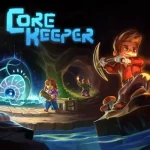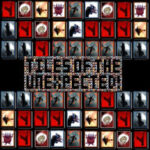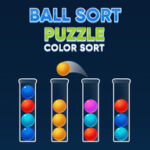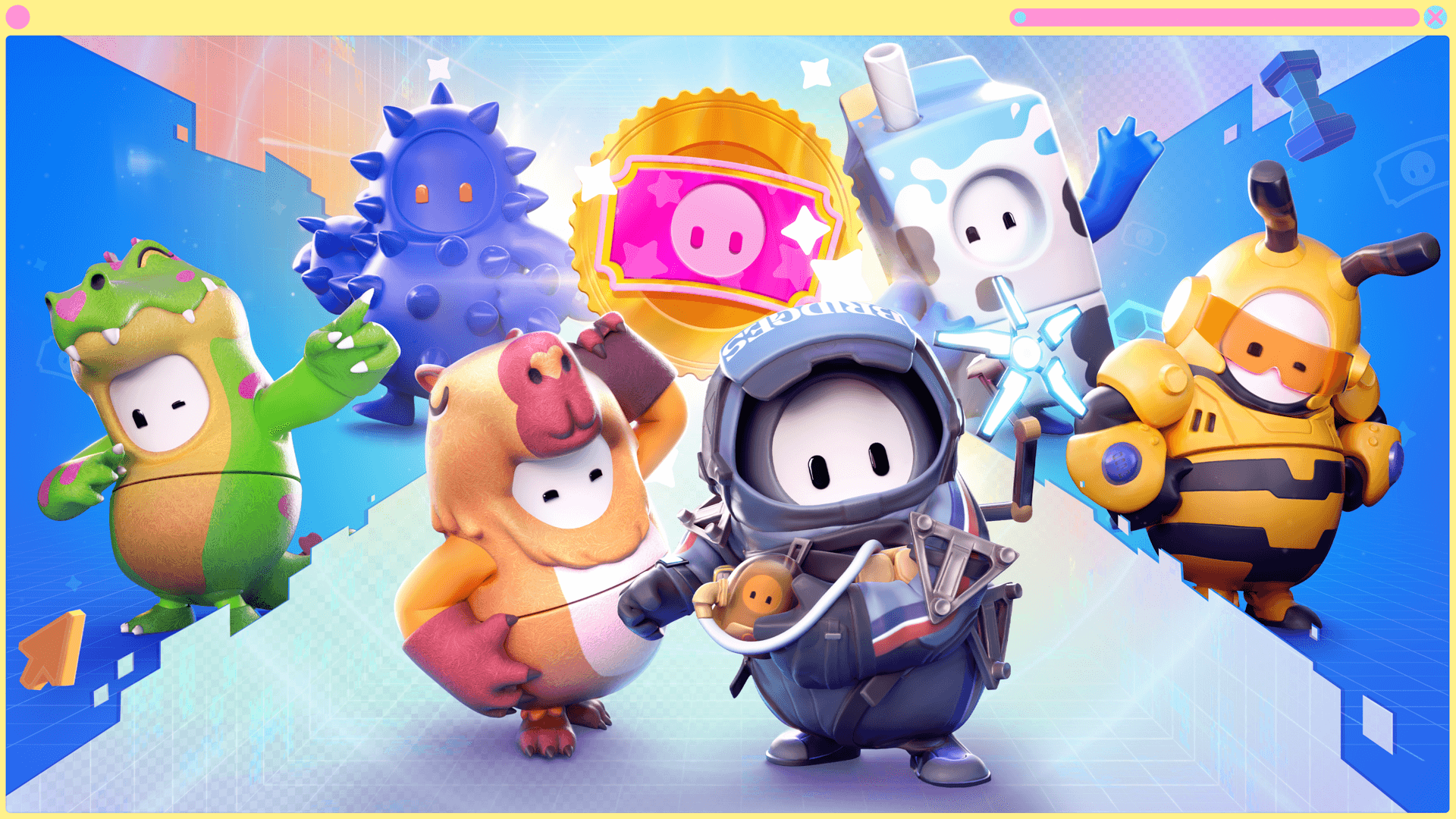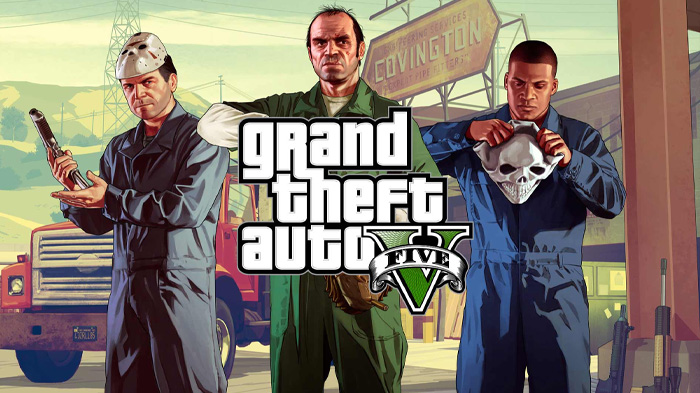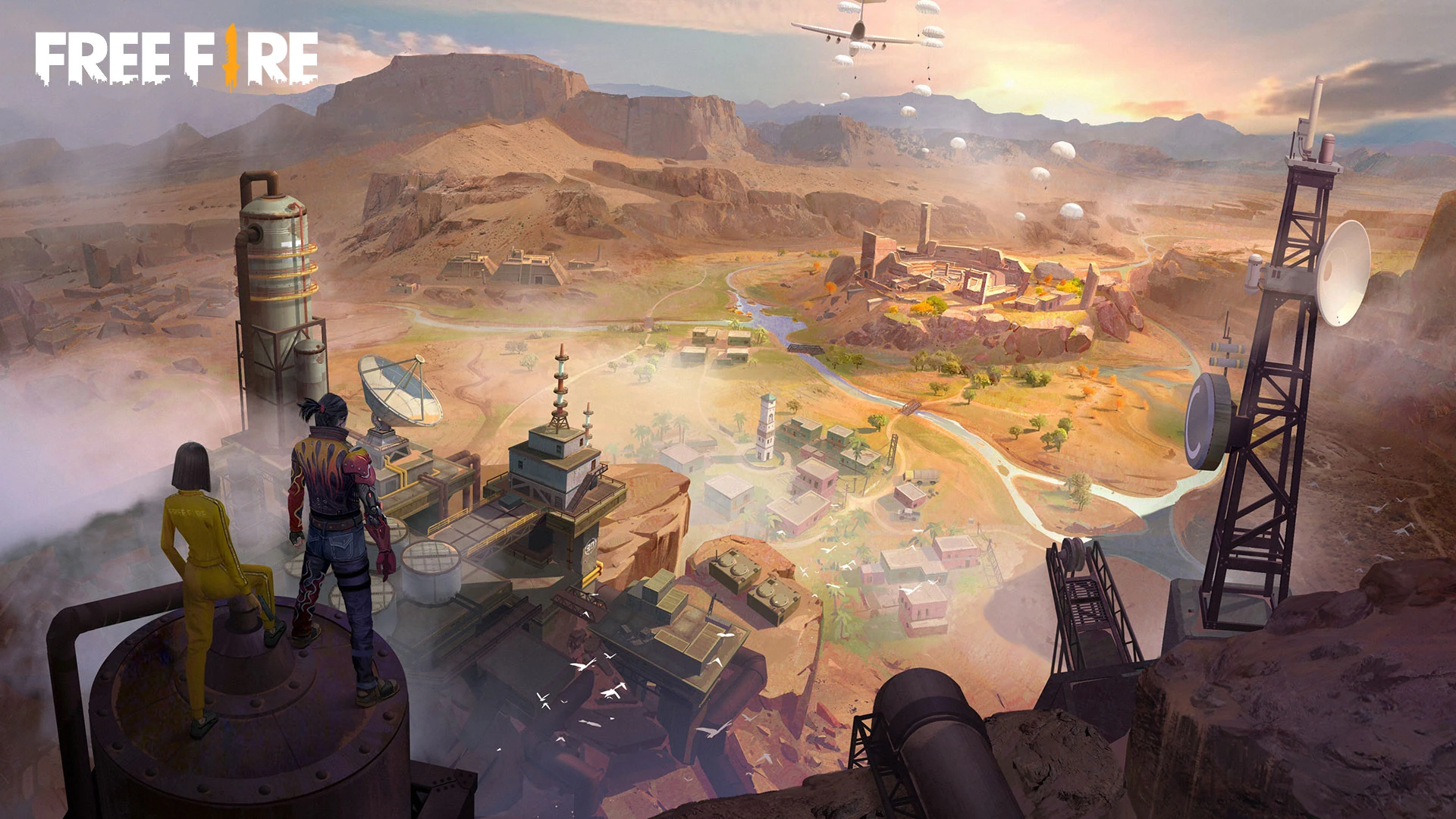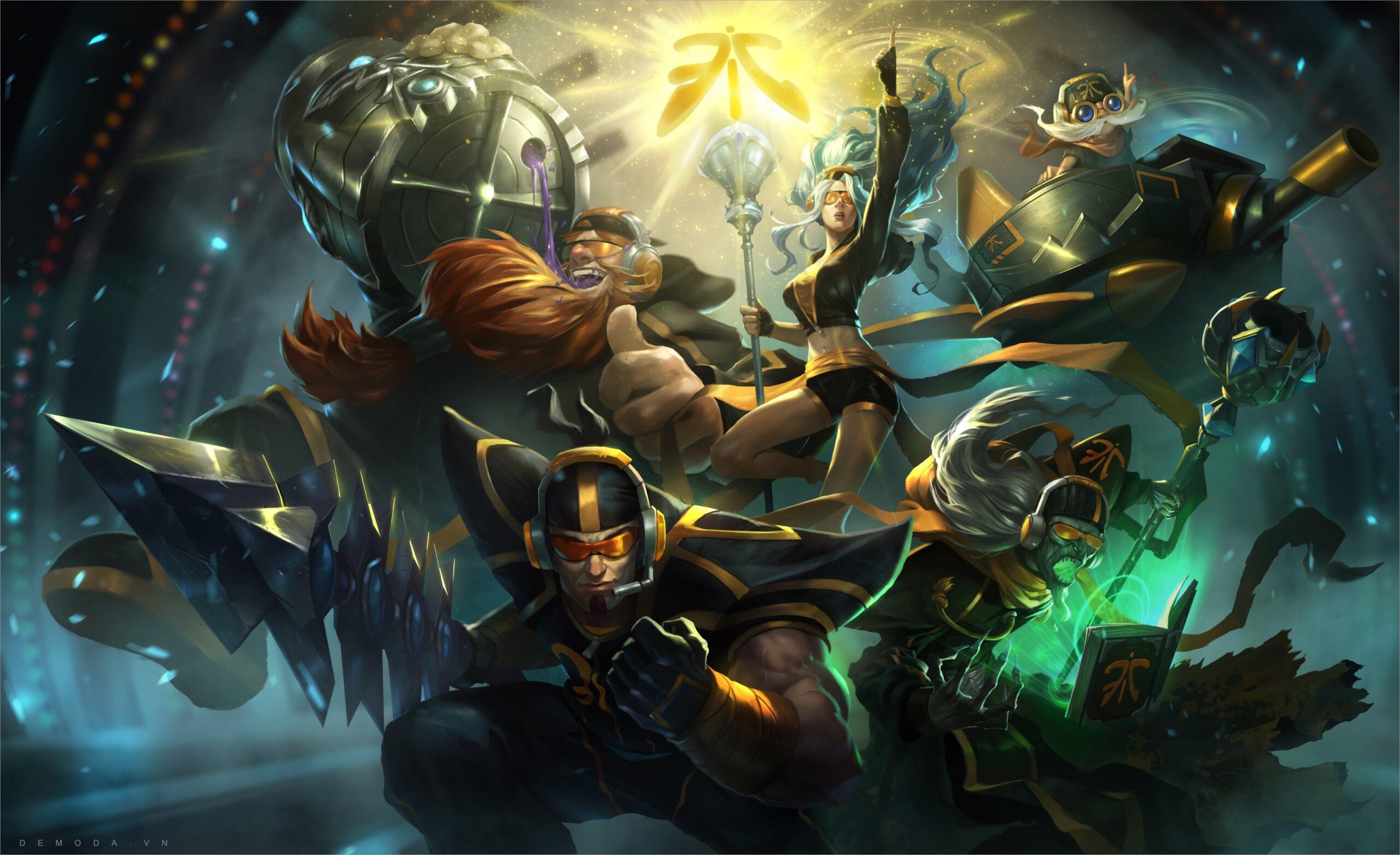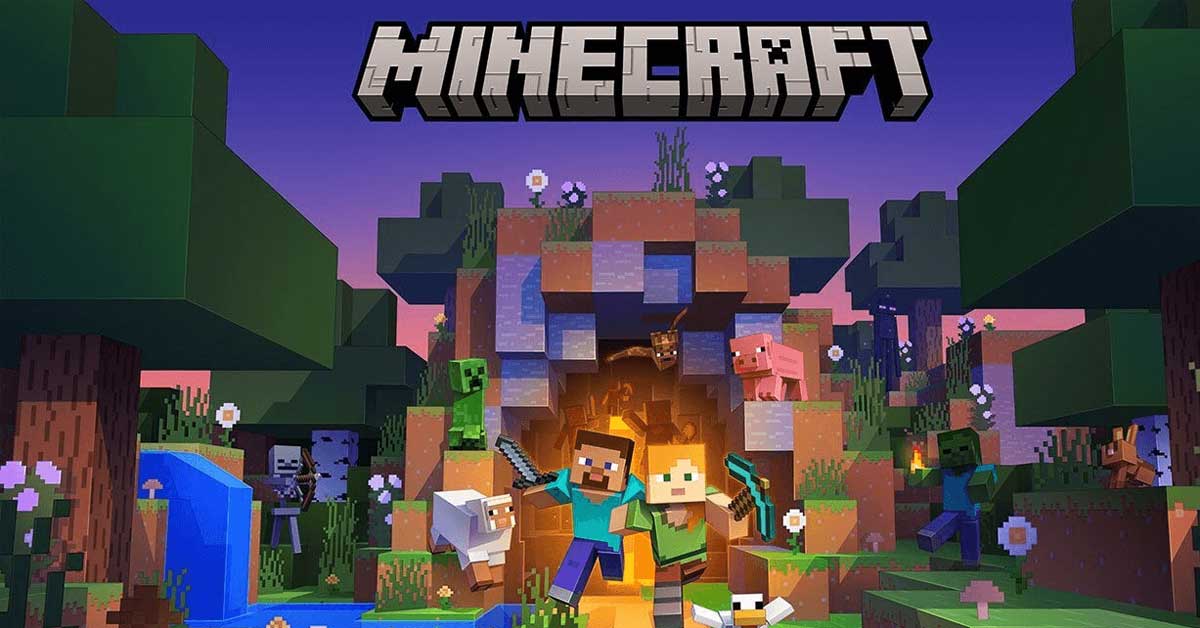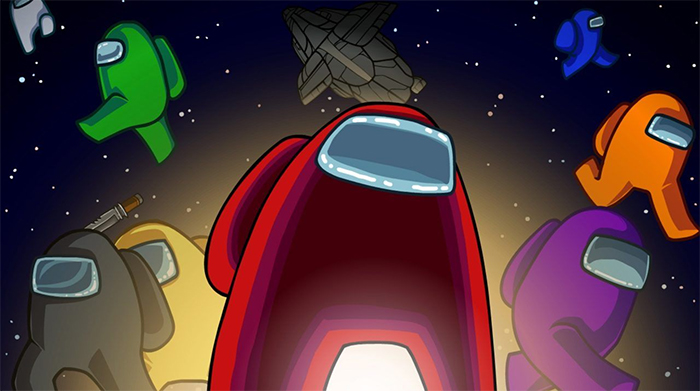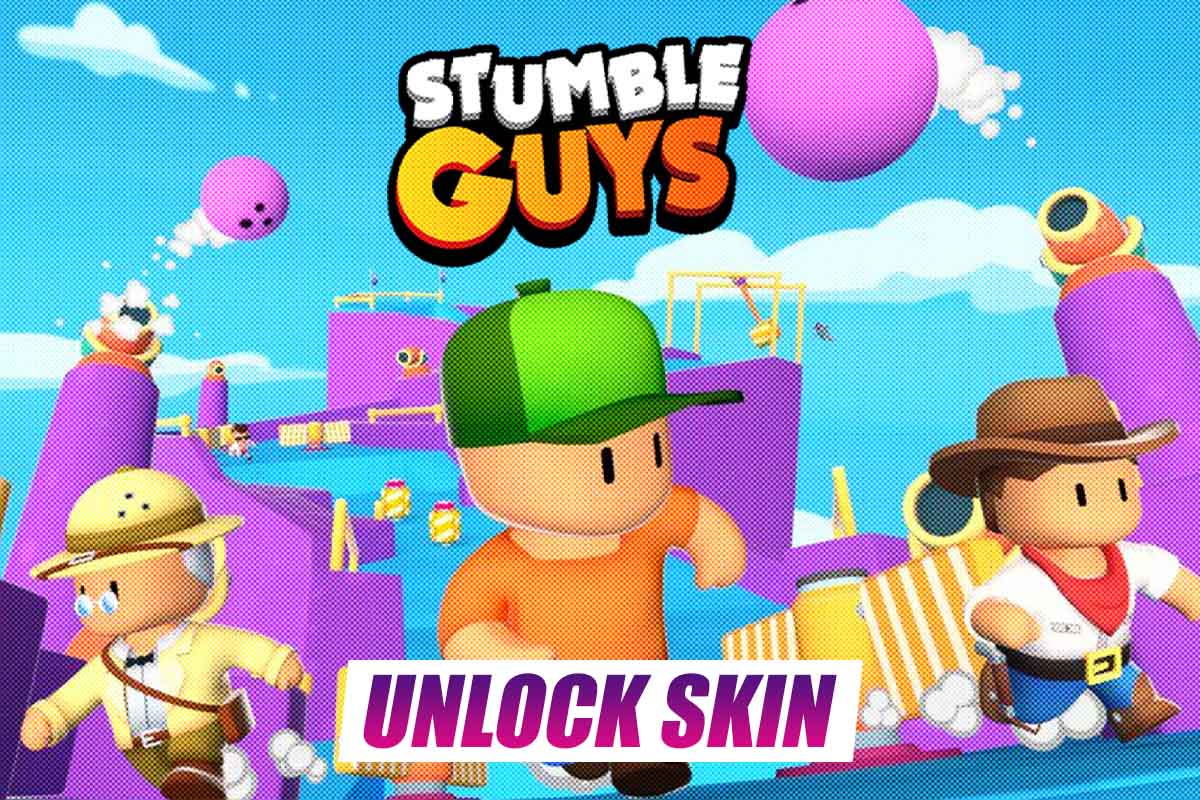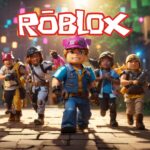1. The Origins and Growth of Roblox
The Birth of a Platform
Roblox was created by David Baszucki and Erik Cassel in 2004 and officially launched in 2006. It was designed as a platform where users could create their own games using Roblox Studio, a proprietary game development tool that requires little programming experience.
Rapid Growth and Popularity
Over the years, Roblox grew exponentially, especially with the rise of user-generated content culture. Its accessibility to young players and its vast library of diverse games contributed to its popularity, making it one of the top gaming platforms worldwide with millions of daily active users.
2. What is Roblox? A Platform Beyond a Game
User-Generated Content at Its Core
Unlike traditional games, Roblox is a platform that hosts millions of games (called “experiences”) created by its users. Players can explore countless genres—from racing and role-playing to simulators and obstacle courses.
Social Interaction and Community
Roblox is also a social hub where players chat, team up, and build friendships. The platform integrates messaging, groups, and events, creating a lively online community that transcends mere gameplay.
3. Roblox Studio: Empowering Creators
A Powerful but Accessible Tool
Roblox Studio is the game development environment used to build experiences on Roblox. It uses Lua scripting language, which balances ease of learning and flexibility, enabling creators ranging from beginners to professionals to build complex games.
Monetization and Developer Support
Roblox encourages developers by offering monetization through Robux, its in-game currency. Developers can earn real-world money based on their game’s popularity, fostering a thriving ecosystem of creators.
4. Gameplay and Experience Diversity
Endless Variety
Roblox hosts an incredibly wide variety of games—there’s something for everyone. Popular titles include “Adopt Me!,” “Brookhaven,” “Tower of Hell,” and “Piggy,” each with unique mechanics and communities.
Player Freedom and Customization
Players can customize their avatars, create their own worlds, and even design items. This freedom fuels engagement and creativity, making every user’s experience unique.
5. Graphics and Performance: Simple but Functional
Stylized Graphics
Roblox’s graphics are intentionally simple and blocky, reminiscent of Lego. While not focused on photorealism, this style supports the platform’s broad accessibility and fast performance on many devices.
Cross-Platform Play
Roblox runs on PC, consoles, mobile devices, and VR platforms, allowing players to interact regardless of their device, enhancing the social experience.
6. Safety and Moderation: Challenges and Solutions
Protecting a Young Audience
With a large player base under 18, Roblox implements extensive safety features—chat filters, content moderation, parental controls—to protect younger users.
Ongoing Moderation Challenges
Despite efforts, the platform still faces issues with inappropriate content and behavior. Roblox continues to evolve its moderation tools and community guidelines to address these challenges.
7. Economic Impact and Virtual Economy
Robux: The Lifeblood of Roblox
Robux enables in-game purchases, avatar customization, and game monetization. The virtual economy drives Roblox’s business model and empowers creators financially.
Developer Exchange Program
Through the Developer Exchange (DevEx), creators can cash out Robux for real money, turning their passion into viable careers and fueling innovation on the platform.
8. Community and Cultural Influence
A Global Phenomenon
Roblox has cultivated a massive, active community with conventions, fan art, and social media engagement. It’s become a cultural touchstone for younger generations.
Educational and Social Uses
Many educators use Roblox for teaching coding and game design. The platform also hosts events and experiences that promote social interaction and creativity.
Conclusion: Roblox as a Platform for the Future of Gaming
Roblox’s success lies in its unique combination of user-generated content, social connectivity, and accessible development tools. It has created a vibrant ecosystem where millions of creators and players coexist, innovate, and grow. While challenges remain, especially in moderation and quality control, Roblox’s impact on gaming and digital culture is undeniable. As technology advances, Roblox continues to evolve, promising an exciting future for players and creators alike.




